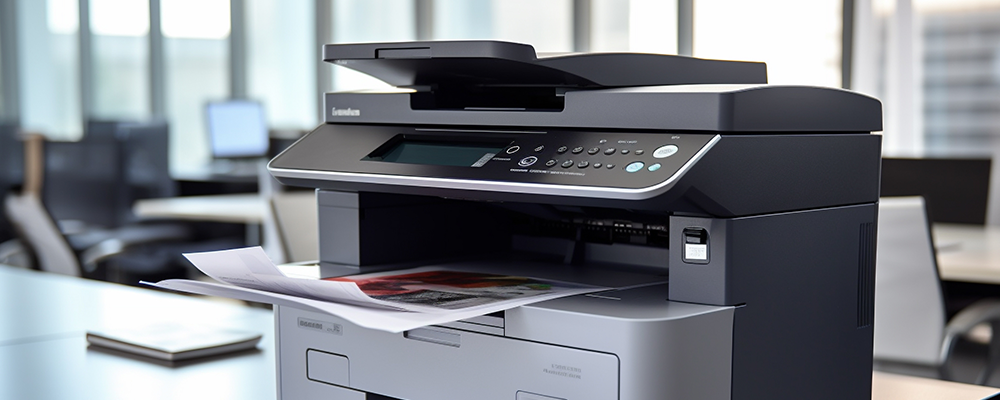The Ultimate Guide to Choosing the Right Label for Your Printer

Understanding Printer Types
Choosing the right label for your printer can improve print quality and durability. Different printers—direct thermal, thermal transfer, inkjet, or laser—need specific labels. This guide helps you choose the best labels for each printer type.
Different Printer Technologies
Direct thermal printers use heat-sensitive paper, so they don't need ink. They are great for short-term use like shipping labels. Thermal transfer printers use a ribbon to transfer ink, making durable prints. They are ideal for long-lasting labels. Inkjet printers produce high-resolution images and text, perfect for detailed labels with vibrant colors. Laser printers use toner instead of ink, creating sharp, professional labels. They are often used in offices for high-quality text labels.
Direct Thermal Labels
Direct thermal labels are great for short-term use. They use heat-sensitive paper that darkens when heated, so there's no need for ink or toner. This makes them cost-effective and easy to use. These labels are commonly used for shipping labels, retail receipts, and event name tags. They are simple and quick to print but not suitable for long-term use as they can fade over time, especially with exposure to heat and light.
For example, a small retail business can use direct thermal labels for shipping. This method saves money and speeds up the process. Event organizers can print name tags quickly and cheaply, which is perfect for short-term use.
Thermal Transfer Labels
Thermal transfer labels are perfect for applications requiring long-lasting and durable labels. They use a ribbon coated with wax or resin to transfer the print onto the label material. These labels are used for asset tagging, product labeling, and laboratory samples. They are highly durable and can withstand harsh conditions.
In industrial settings, thermal transfer labels mark machinery and tools, enduring tough environments like exposure to oils and varying temperatures. In retail, they keep product information clear and legible, ensuring that barcodes and branding remain intact throughout the product's life.
Inkjet Printer Labels
Inkjet printers are known for their high-resolution printing capabilities, making them excellent for labels requiring detailed images and vibrant colors. These labels are commonly used for photo labels, product labels, and marketing materials. Inkjet labels come in various finishes like matte, glossy, and satin, making them ideal for creating visually appealing labels.
For instance, a company that produces artisanal foods may use inkjet labels for their product packaging. The high resolution and vibrant colors help their products stand out on shelves. Businesses can also use inkjet labels for promotional materials to attract potential customers.

Laser Printer Labels
Laser printers produce sharp, professional labels using toner. These printers are efficient in handling large volumes and are resistant to smudging. Laser printed labels are ideal for address or shipping labels, filing labels, and barcodes.
In a corporate office, laser printed labels help organize filing systems, making documents easily retrievable. Logistics companies use laser printed barcode labels to track inventory and shipments accurately. These labels withstand various handling conditions without smudging or fading.
Finding the Best Labels
Choosing the right label improves your printing results. Understanding each printer type and selecting the appropriate labels can enhance the quality and durability of your prints. Whether you need short-term labels for shipping or long-lasting labels for industrial use, there's a label type for your needs. Explore LabelBlanks.com for a wide range of labels compatible with all printer types to ensure the best performance and results for your specific requirements.
FAQs
What’s the main difference between direct thermal and thermal transfer labels?
Direct thermal labels use heat-sensitive paper that darkens when heated, making them suitable for short-term use. Thermal transfer labels use a ribbon to transfer ink onto the label, providing long-lasting durability for more permanent applications.
Can I use inkjet labels in a laser printer?
Using inkjet labels in a laser printer is not recommended. Inkjet labels are designed to absorb liquid ink, while laser printers use heat to fuse toner onto the label material. Using the wrong type of label can result in poor print quality and potential damage to the printer.
What are the best uses for laser printed labels?
Laser printed labels are ideal for applications that require sharp, professional-looking prints. They are commonly used for address labels, filing labels, and barcode labels because of their high durability and resistance to smudging.




